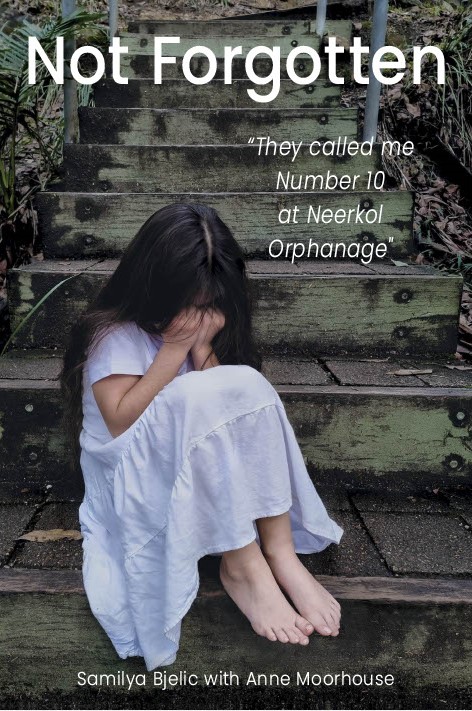If you happen to be in the vicinity of Shanghai, a “water town” and/or a “garden city” should be added to your itinerary. We heeded the advice and included both in ours.
 Xitang is a “water town”, about 85km west of Shanghai, or for us, a 2hr bus ride. If you are a Tom Cruise fan, you will recognise the name because Mission Impossible III was shot here. It’s a quaint town, far removed from the hustle and bustle of the big Chinese cities of Shanghai and Beijing. There are narrow cobbled streets, arched bridges and old rustic buildings, complemented by a fleet of row boats, meandering along the town’s waterways.
Xitang is a “water town”, about 85km west of Shanghai, or for us, a 2hr bus ride. If you are a Tom Cruise fan, you will recognise the name because Mission Impossible III was shot here. It’s a quaint town, far removed from the hustle and bustle of the big Chinese cities of Shanghai and Beijing. There are narrow cobbled streets, arched bridges and old rustic buildings, complemented by a fleet of row boats, meandering along the town’s waterways.
 We spent a night in Xitang. Something that makes the town so special is its numerous bridges. Xitang is flat, and there are 9 waterways which split the town into 8 areas. I didn’t count them, but there are 104 bridges connecting the areas of the town together, each built in varying styles spanning the Ming (1368–1644) and Qing (1644–1911) dynasties. The town is quite literally a picture postcard.
We spent a night in Xitang. Something that makes the town so special is its numerous bridges. Xitang is flat, and there are 9 waterways which split the town into 8 areas. I didn’t count them, but there are 104 bridges connecting the areas of the town together, each built in varying styles spanning the Ming (1368–1644) and Qing (1644–1911) dynasties. The town is quite literally a picture postcard.
Suzhou, 80km north of Xitang, is located in the centre of the Yangtze River Delta region, and is renowned for its classic gardens. An old Chinese proverb praising the beauty and prosperity of Suzhou says, “In heaven there is paradise, on earth there are Hangzhou and Suzhou.” We chose to spend 2 nights in Suzhou, and yes, the gardens are beautiful.
 We visited two of the City’s Gardens; The Lingering Garden and the Humble Administrator’s Garden. The Humble Administrator’s Garden is Suzhou’s largest, and also considered it’s finest. It was established in the 16th Century by a retired magistrate, Wang Xianchen. Lakes, rockeries, bamboo groves, bonsai’s, traditional Chinese pavilions and long white tile capped walls with covered paved pathways beneath are the features. I can imagine how restful these gardens must have been when Emperor’s took time out in these wonderful oasises.
We visited two of the City’s Gardens; The Lingering Garden and the Humble Administrator’s Garden. The Humble Administrator’s Garden is Suzhou’s largest, and also considered it’s finest. It was established in the 16th Century by a retired magistrate, Wang Xianchen. Lakes, rockeries, bamboo groves, bonsai’s, traditional Chinese pavilions and long white tile capped walls with covered paved pathways beneath are the features. I can imagine how restful these gardens must have been when Emperor’s took time out in these wonderful oasises.
 The real unexpected delight of Suzhou was our visit to the Beisi Ta, or North Pagoda. I had read in a guide book that the Pagoda was open to visitors and you could climb its stairs all the way to the top. That may have been true in the past, but there was no access to its stairs and no ticket office on the day we visited. As it turned out, our joy came, not from the stairs, but by just being present in the morning light beneath the Beisi Ta. At the time we visited we were the only ones there….we had it all to ourselves. It is an imposing structure, yet exudes a special peacefulness. I could have happily spent the entire day beneath its shadow.
The real unexpected delight of Suzhou was our visit to the Beisi Ta, or North Pagoda. I had read in a guide book that the Pagoda was open to visitors and you could climb its stairs all the way to the top. That may have been true in the past, but there was no access to its stairs and no ticket office on the day we visited. As it turned out, our joy came, not from the stairs, but by just being present in the morning light beneath the Beisi Ta. At the time we visited we were the only ones there….we had it all to ourselves. It is an imposing structure, yet exudes a special peacefulness. I could have happily spent the entire day beneath its shadow.



